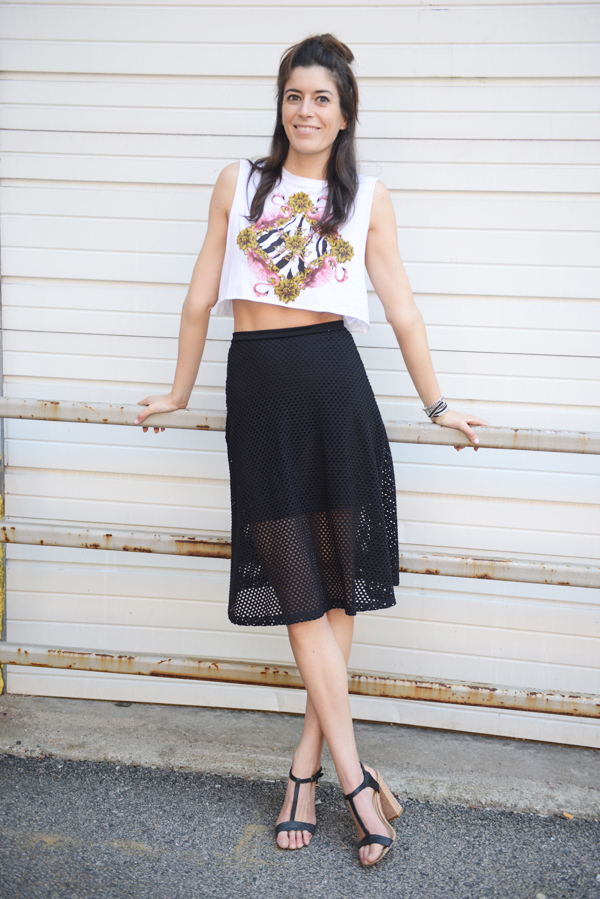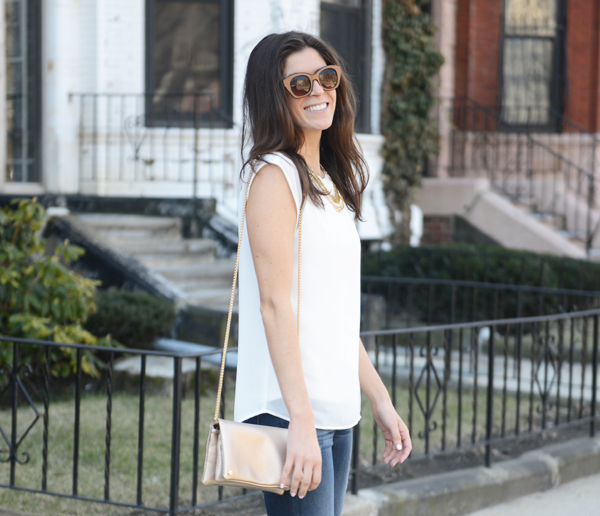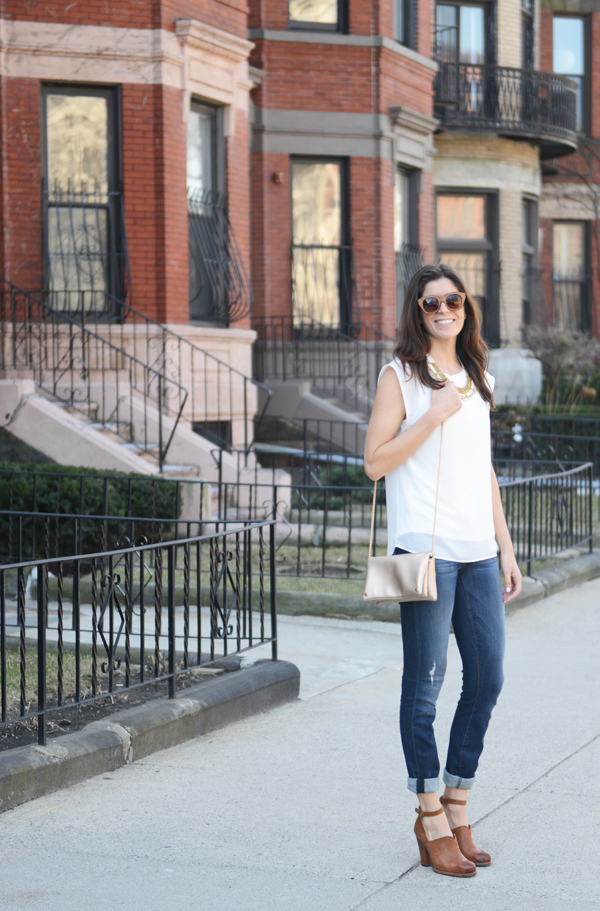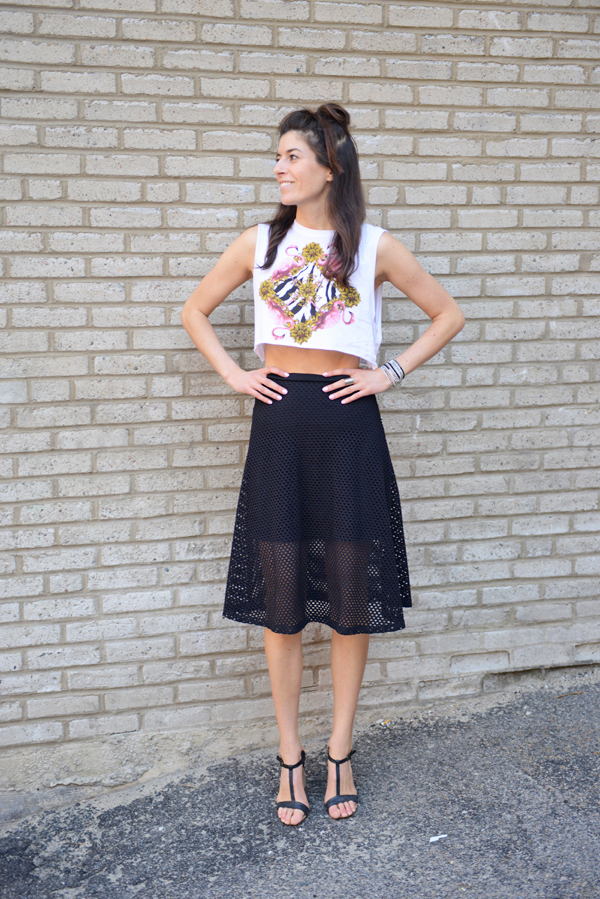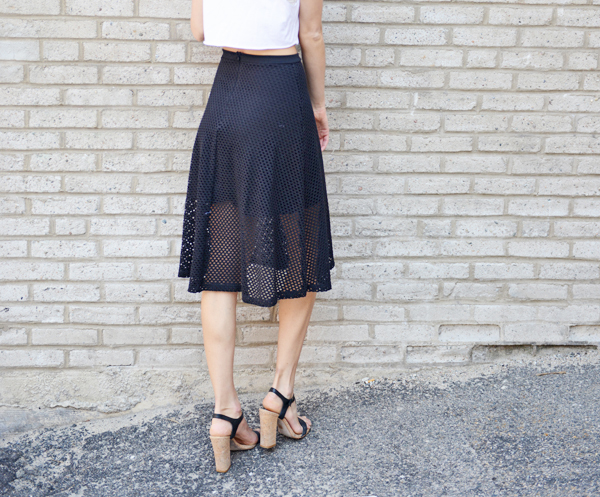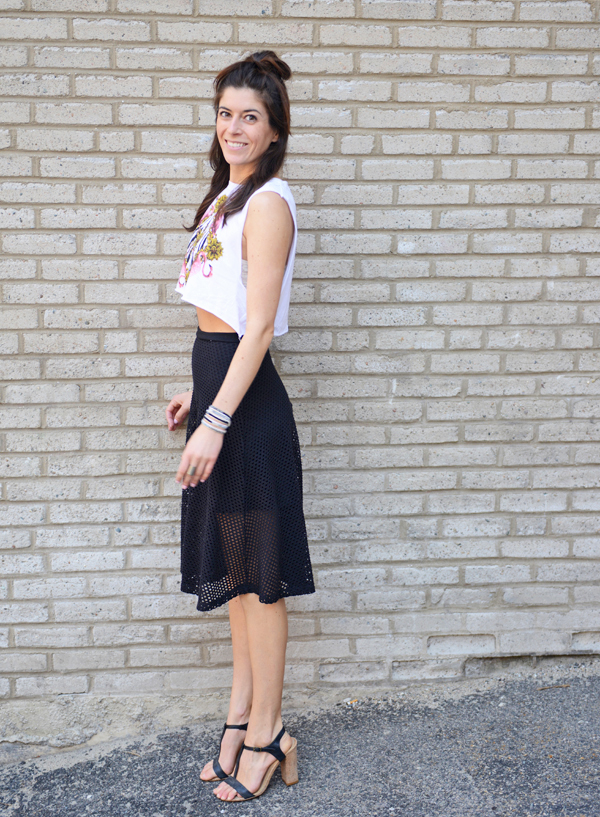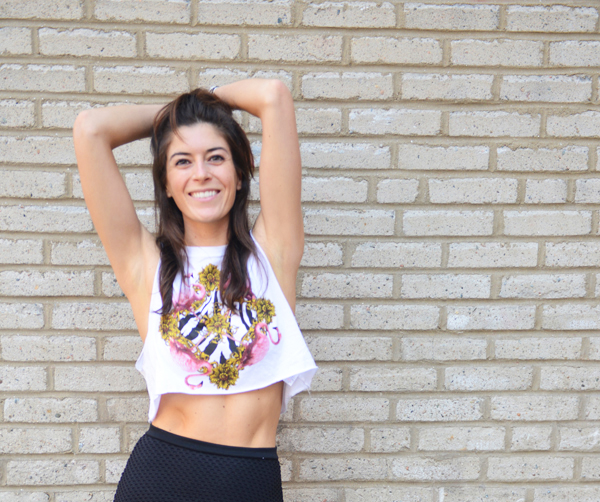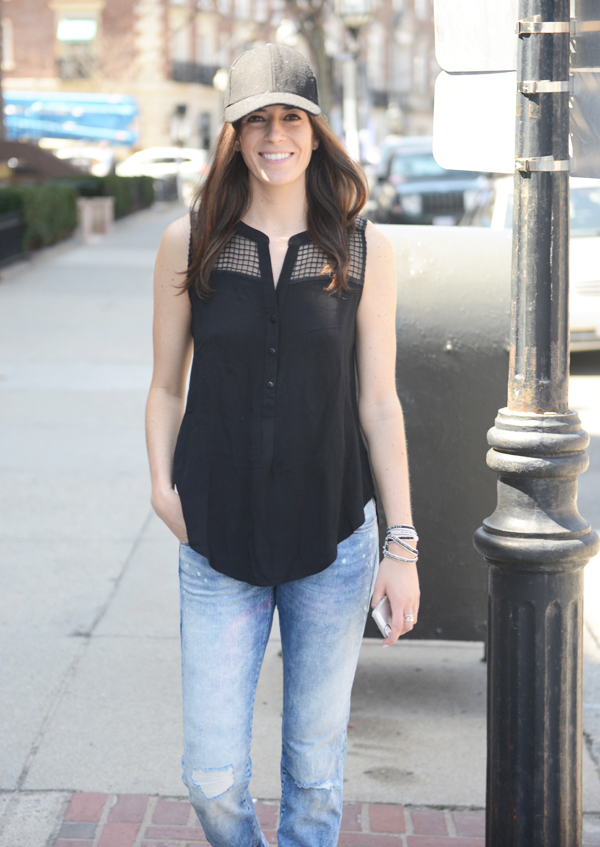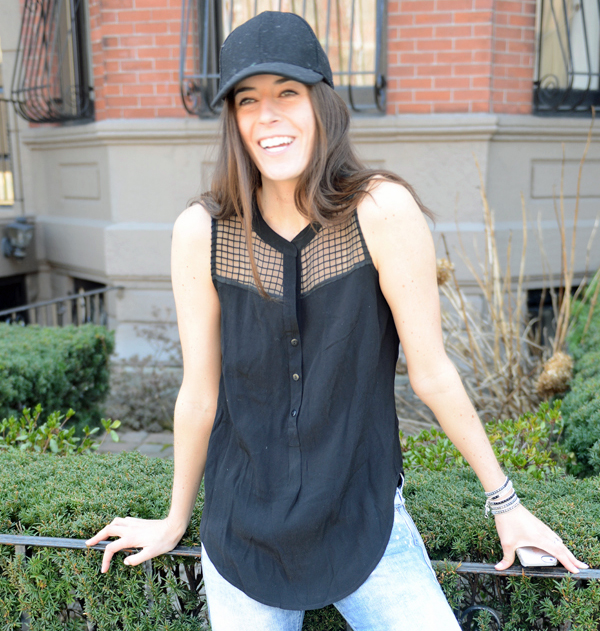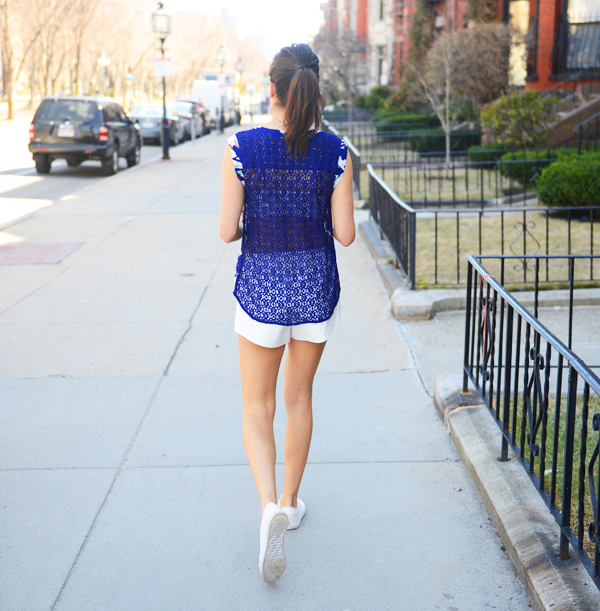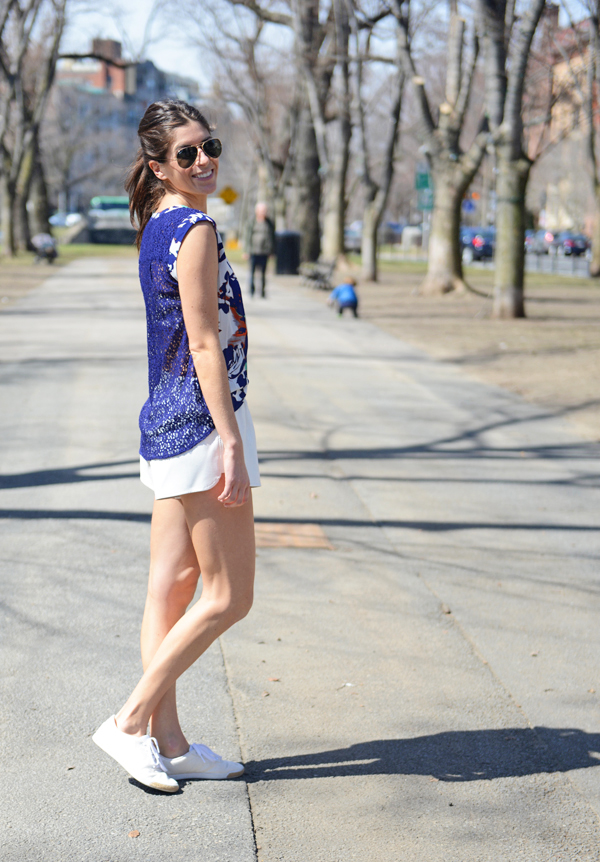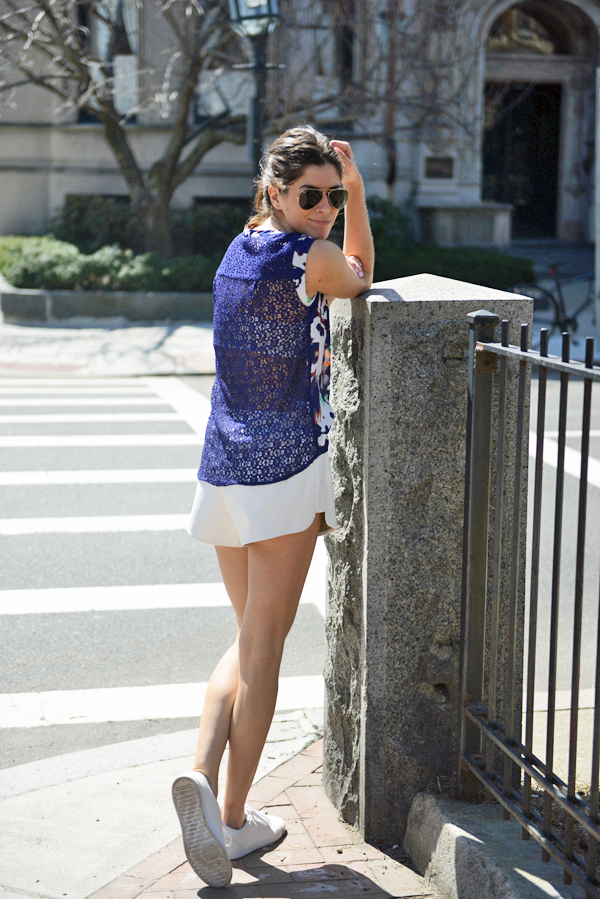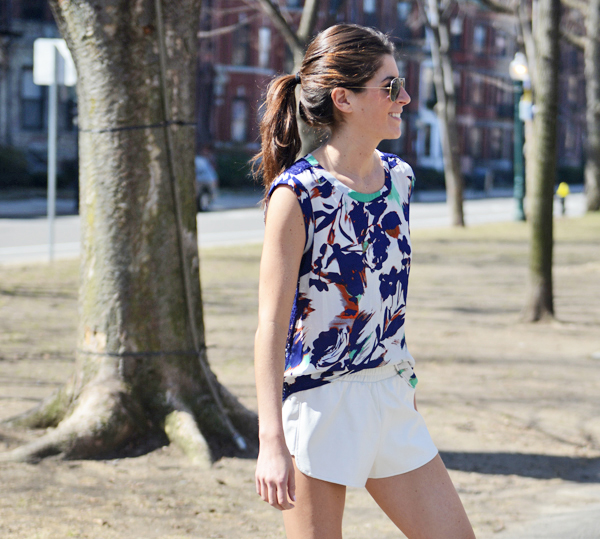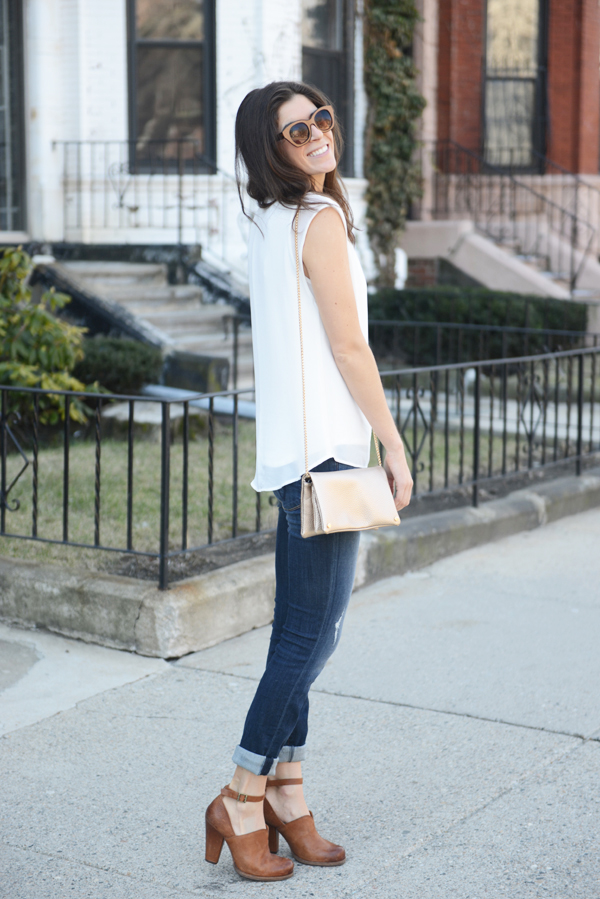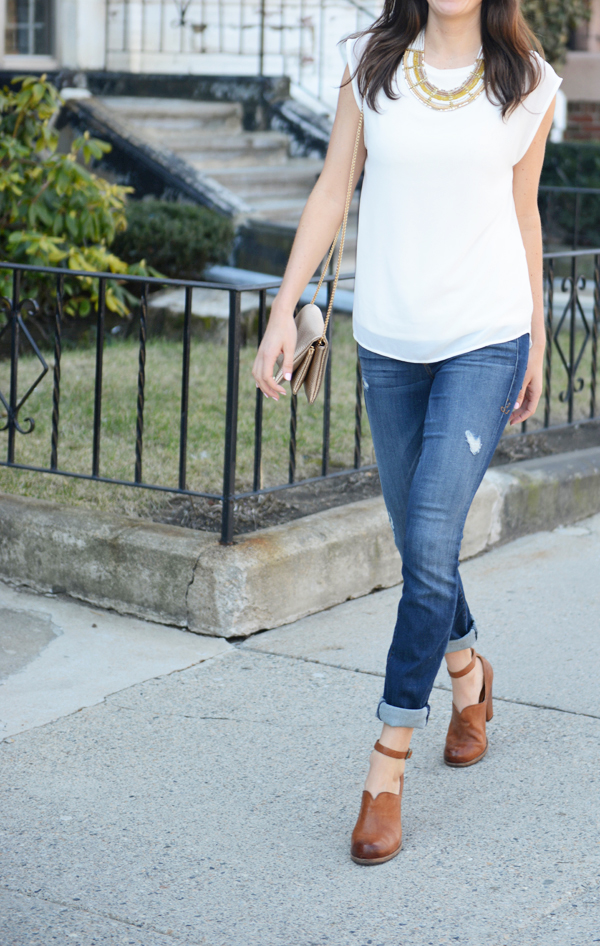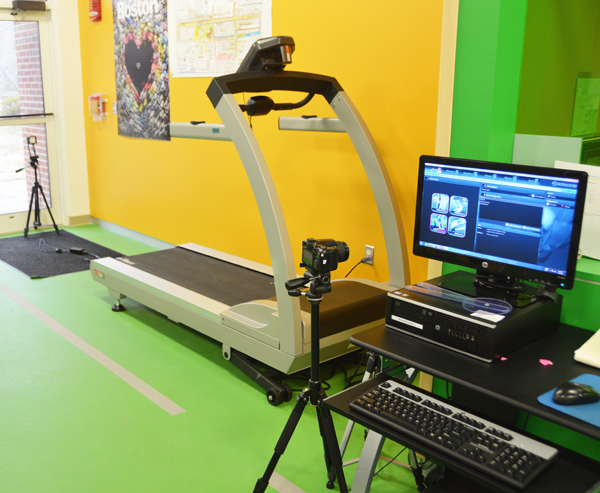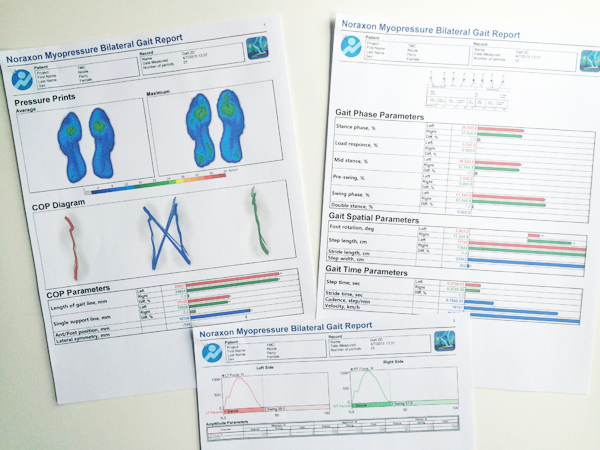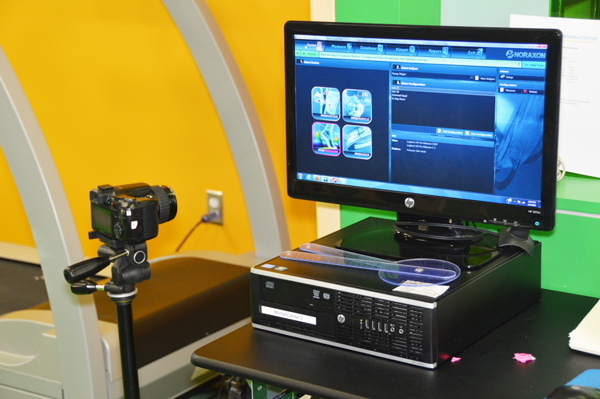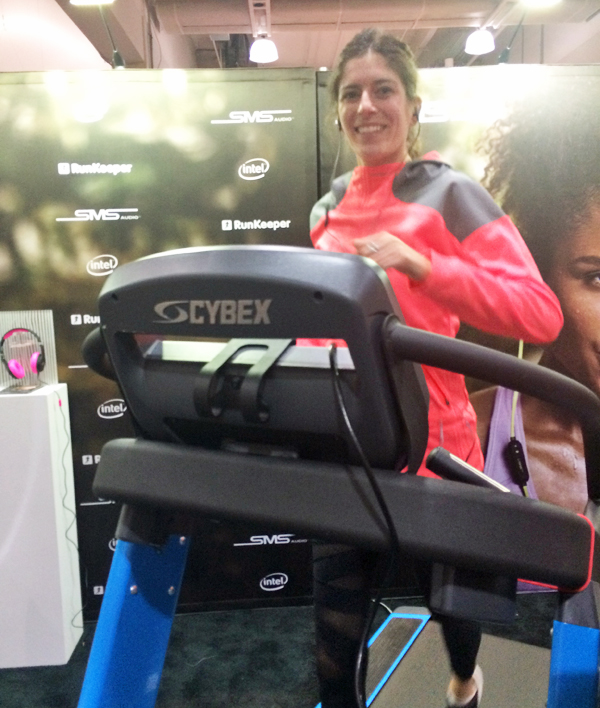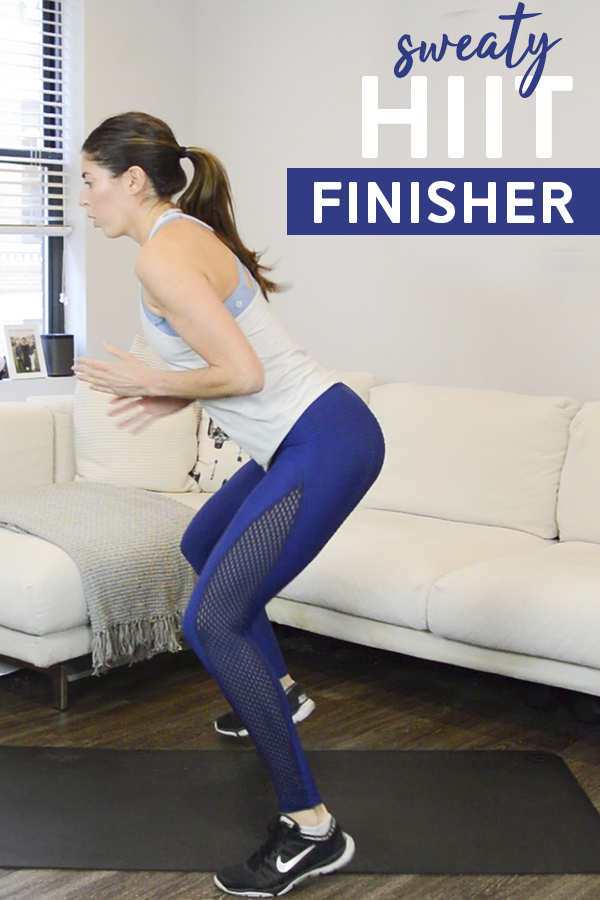
This sweaty hiit circuit workout was originally posted back in 2015 and has since been updated with a video. The video can give you either a 10-minute workout or a 20-minute workout (just repeat it twice). If you’re using this as a finisher to a weight lifting session or other strength workout, 10 minutes will probably be plenty long, especially since the intervals are long.
Sweaty HIIT Circuit Workout
Equipment I Used:
- Set of medium dumbbells (optional—you can do the workout without them) – I’m using 10-lb weights
- Exercise mat
- Interval timer if you’re not following along with the video
If you’re not following along with the video, set an interval timer for 10 (or 20) rounds of 45 seconds of work and 15 seconds of rest. You’ll go through the circuit of five exercises twice. During the 45-second work interval, your goal is to get in as many reps as possible without sacrificing proper form.
Make sure you’re properly warmed up beforehand, and always listen to your body, modifying or stopping as needed. I have a 5-minute warm up you can do if you’re looking for a guide. In the above video, I’ll show you options for modifying all the exercises.

Exercise Breakdown
See 01:51 in the above video for demonstrations and modification options of each exercise in this hiit circuit workout.
Squat Thrust – Squat Jump | Holding the weights at your shoulders, do a squat thrust (shoulder press at the top) and then a squat jump, keeping the weights at your shoulders. If you’re uncomfortable jumping with weights, either do this bodyweight or take out the jumps.
Spiderman Mountain Climbers | This is like a regular mountain climber, but you bring your foot to the outside of your hand and then jump and switch. If you have tight hips, try elevating your hands on yoga blocks for this one.
Burpees | Your choice—you can do chest-to-floor burpees as I do in the video or push-up burpees like I do in the pictorial. Try to add one of these upper body components to it unless you’re purposely modifying.
Jump Lunge x3 to Knee Up | Do three jump lunges then bring your back knee up to your chest as you stand. Doing three will ensure that you’re alternating the knee up side each time.
Hot Feet to Sprawl | Start with hot feet, which is essentially running in place in a semi-squat. When you hear a beep in the video, bring your hands to the floor, jumping into a plank then quickly back into your low stance for hot feet. If you’re not following along with the video, just sprawl every 5-10 seconds.
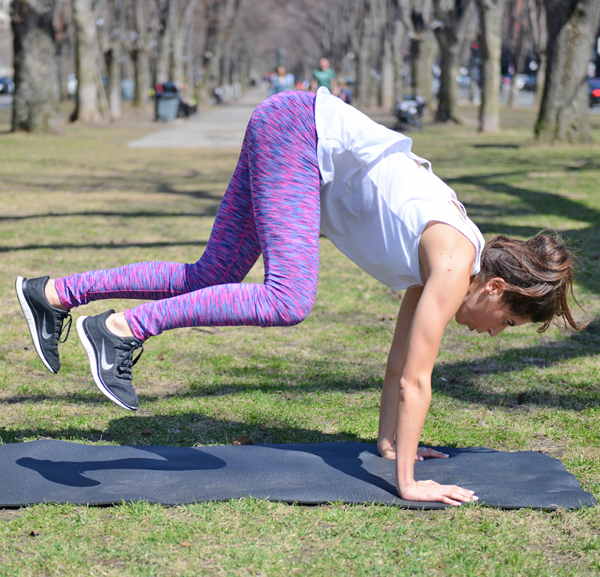
Hope you like this sweaty hiit circuit workout!
xo Nicole
